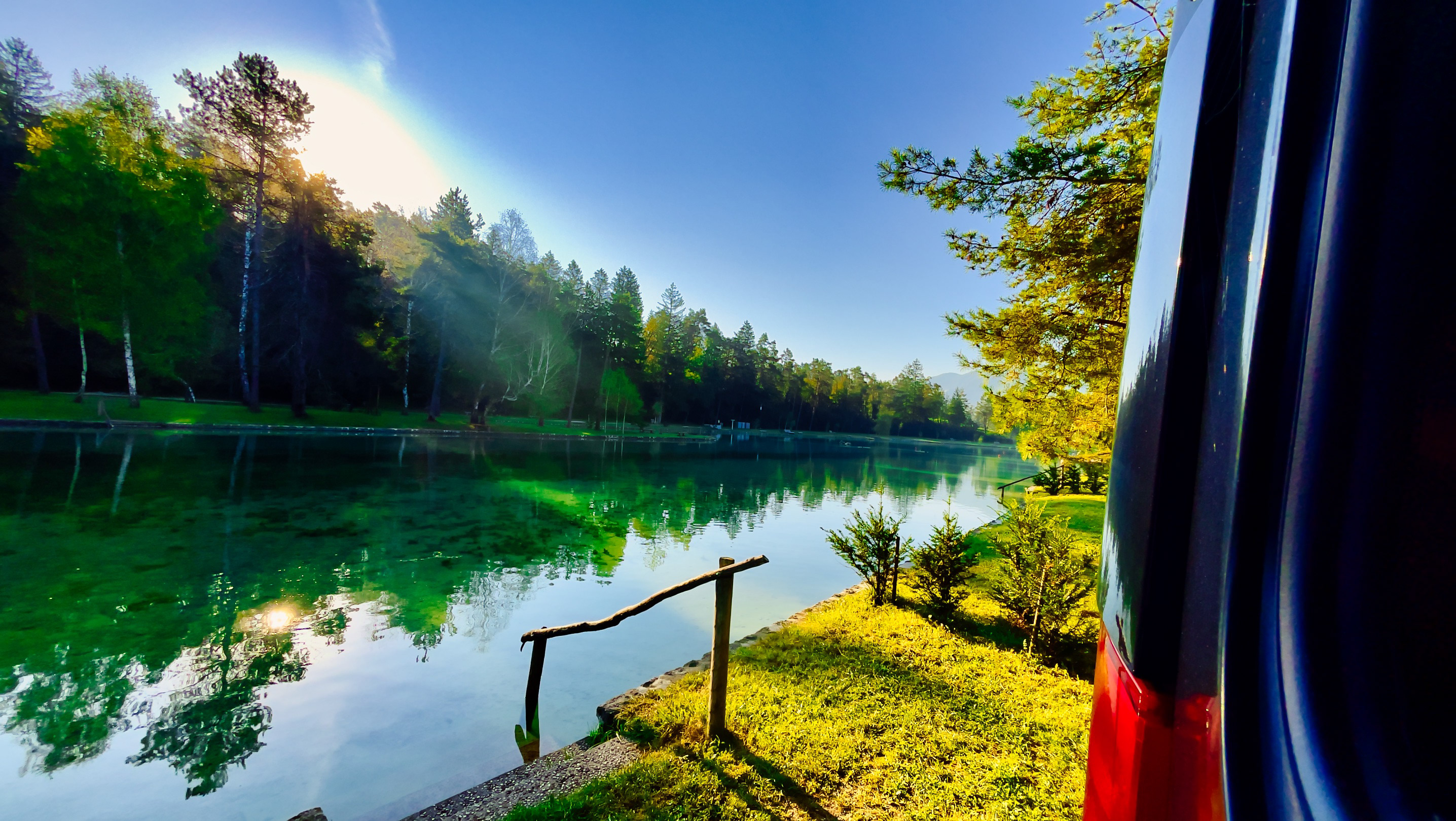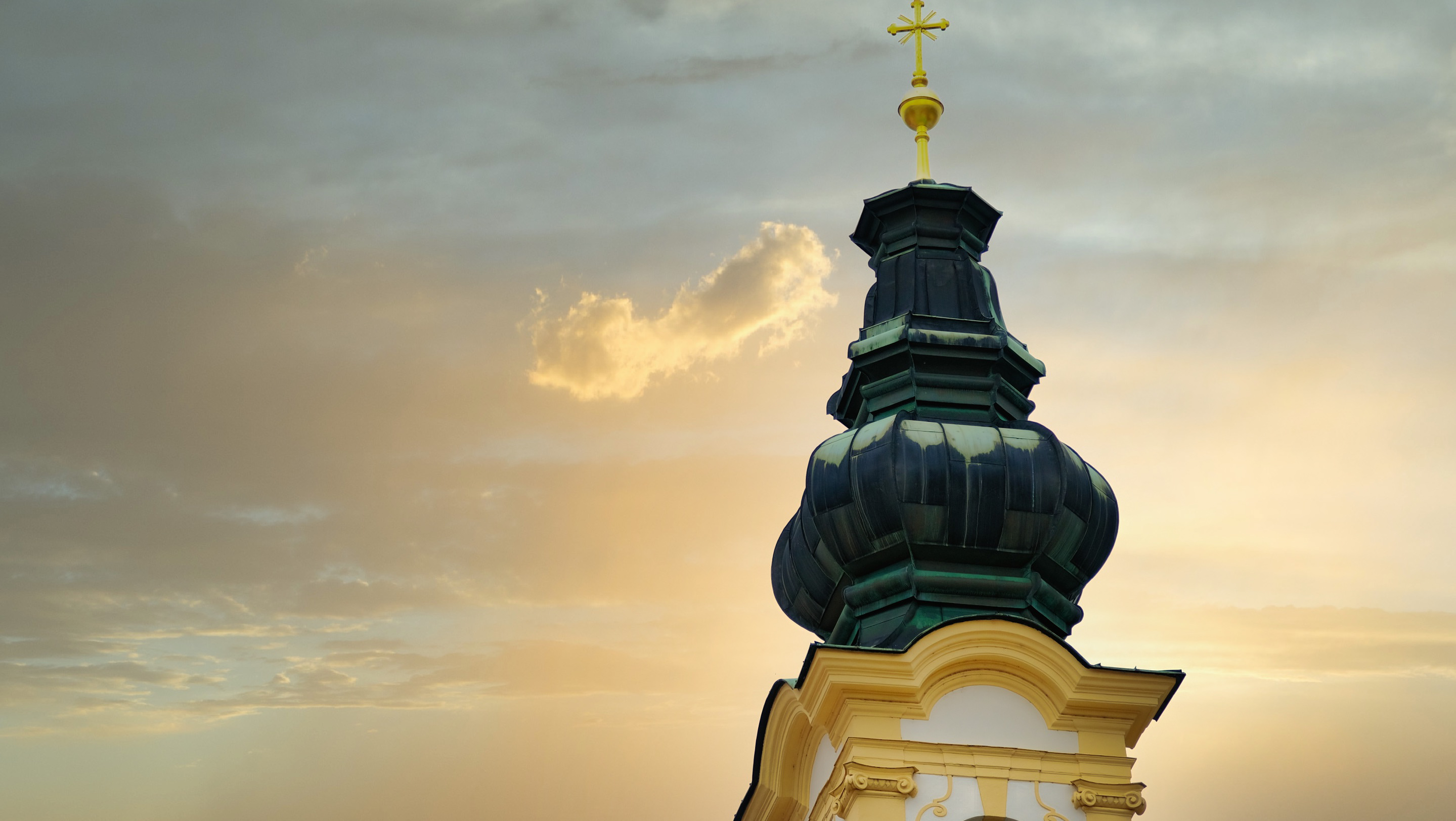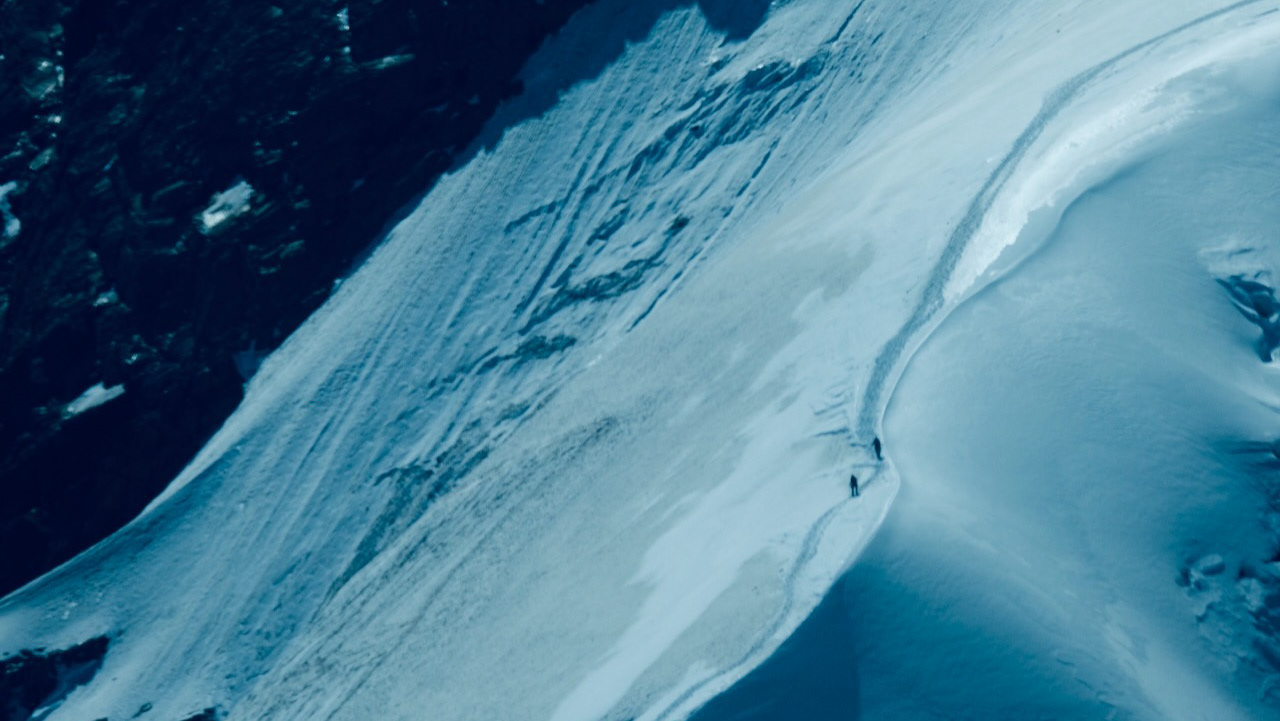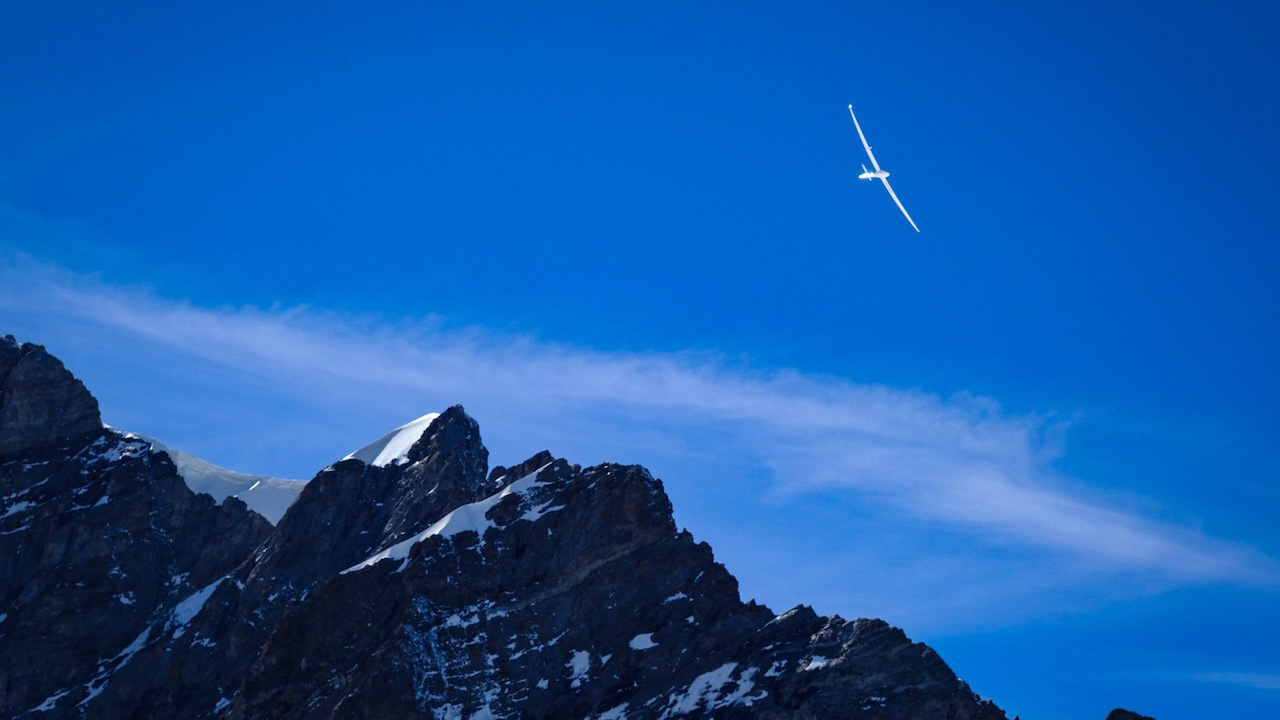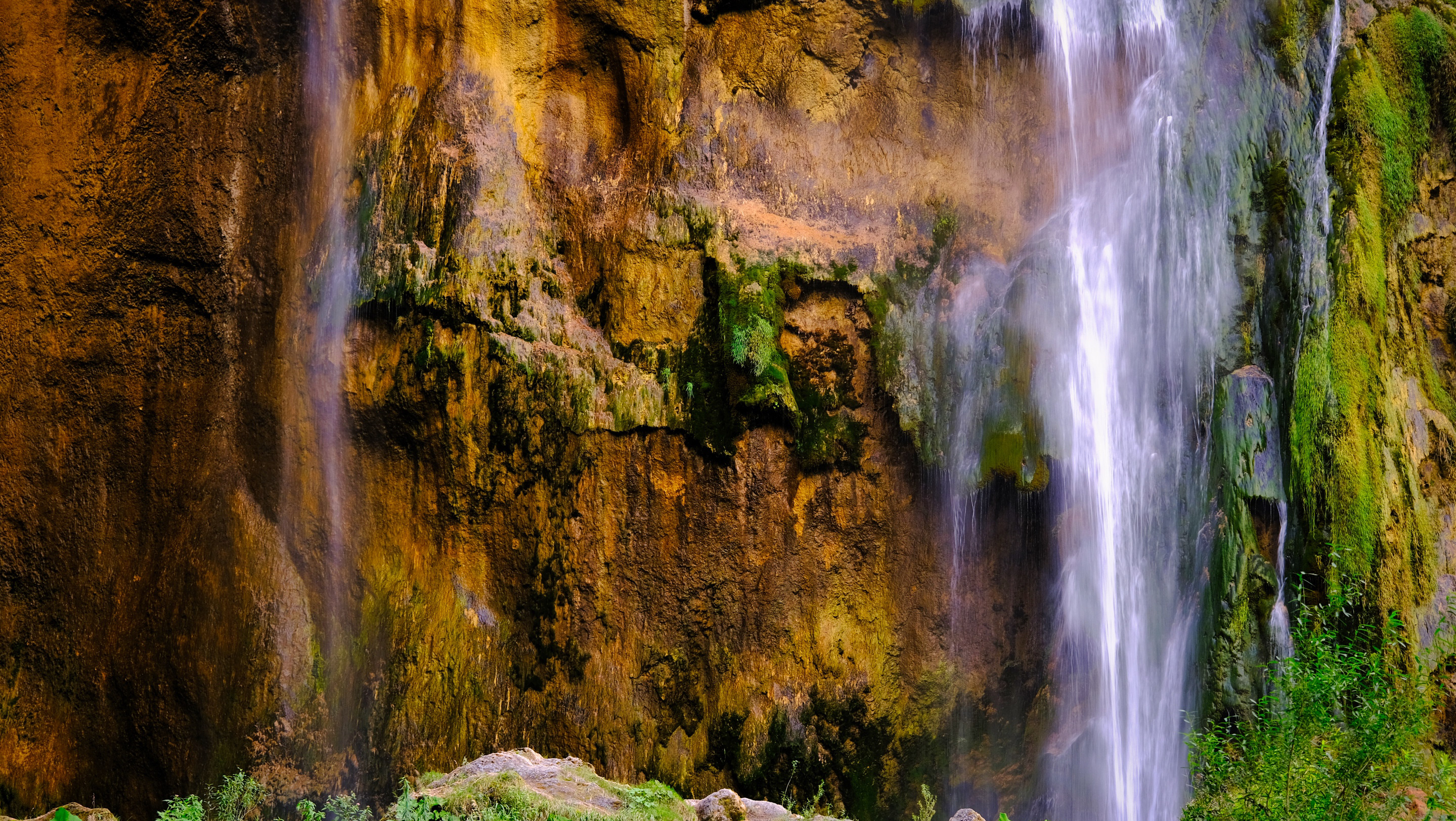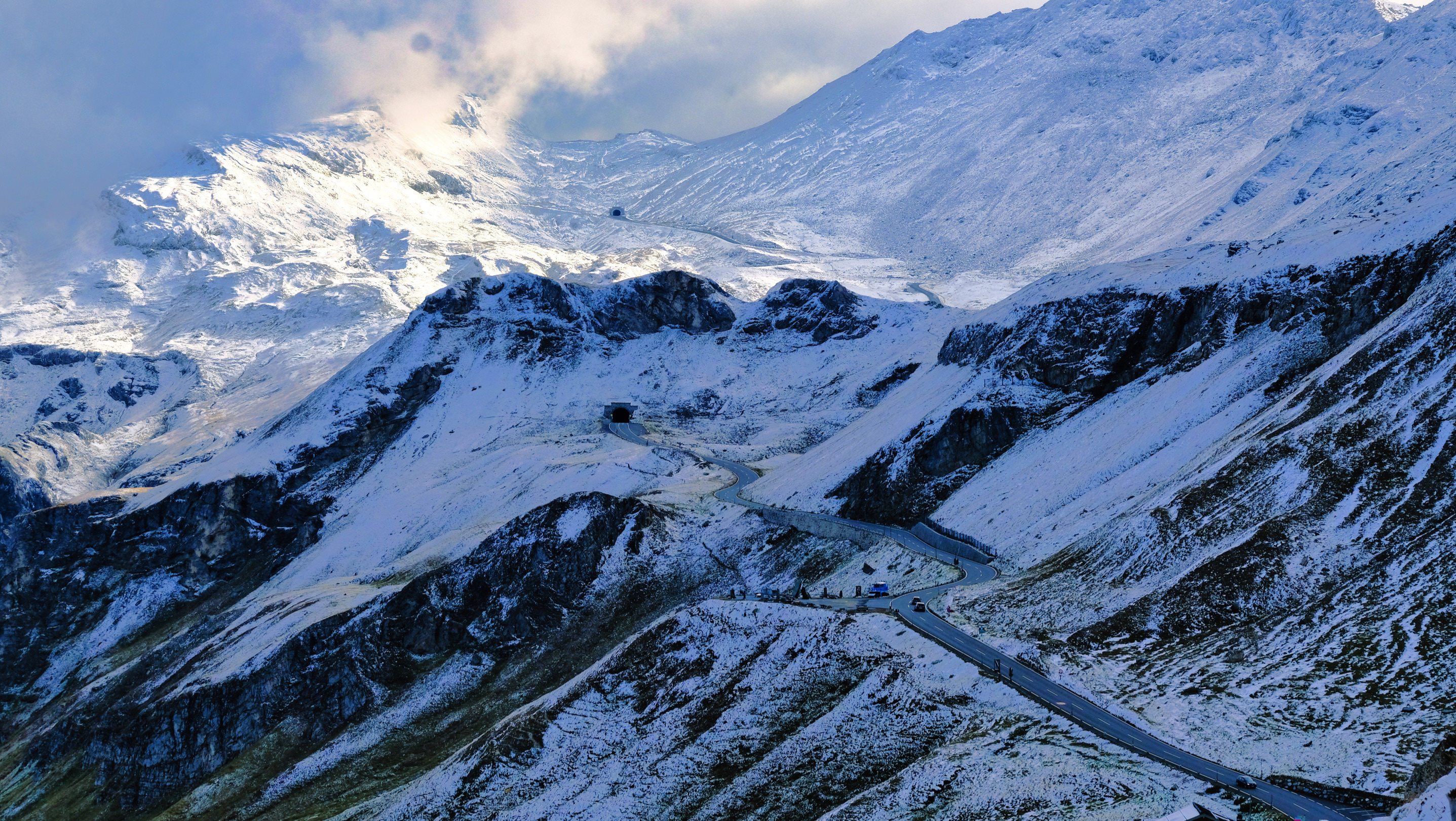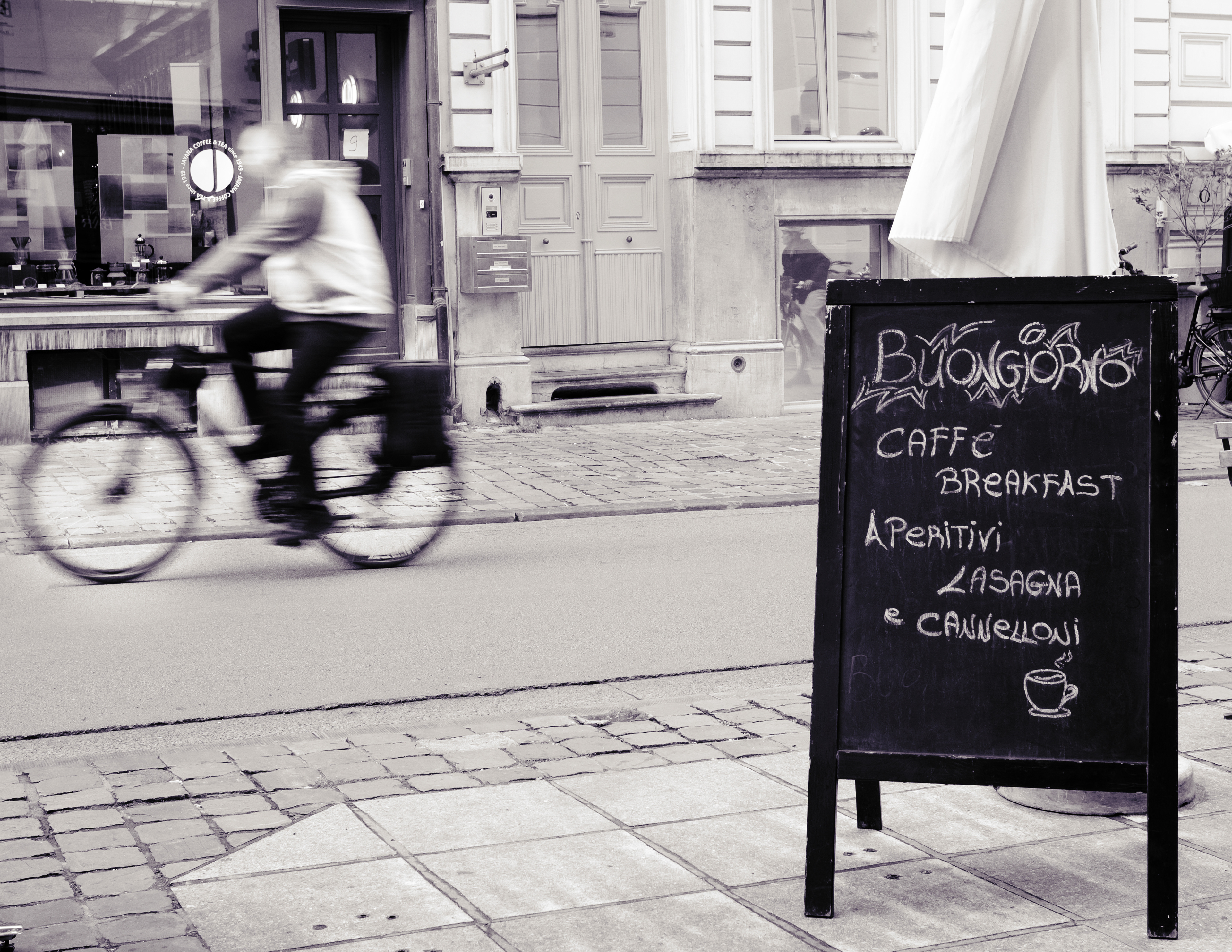
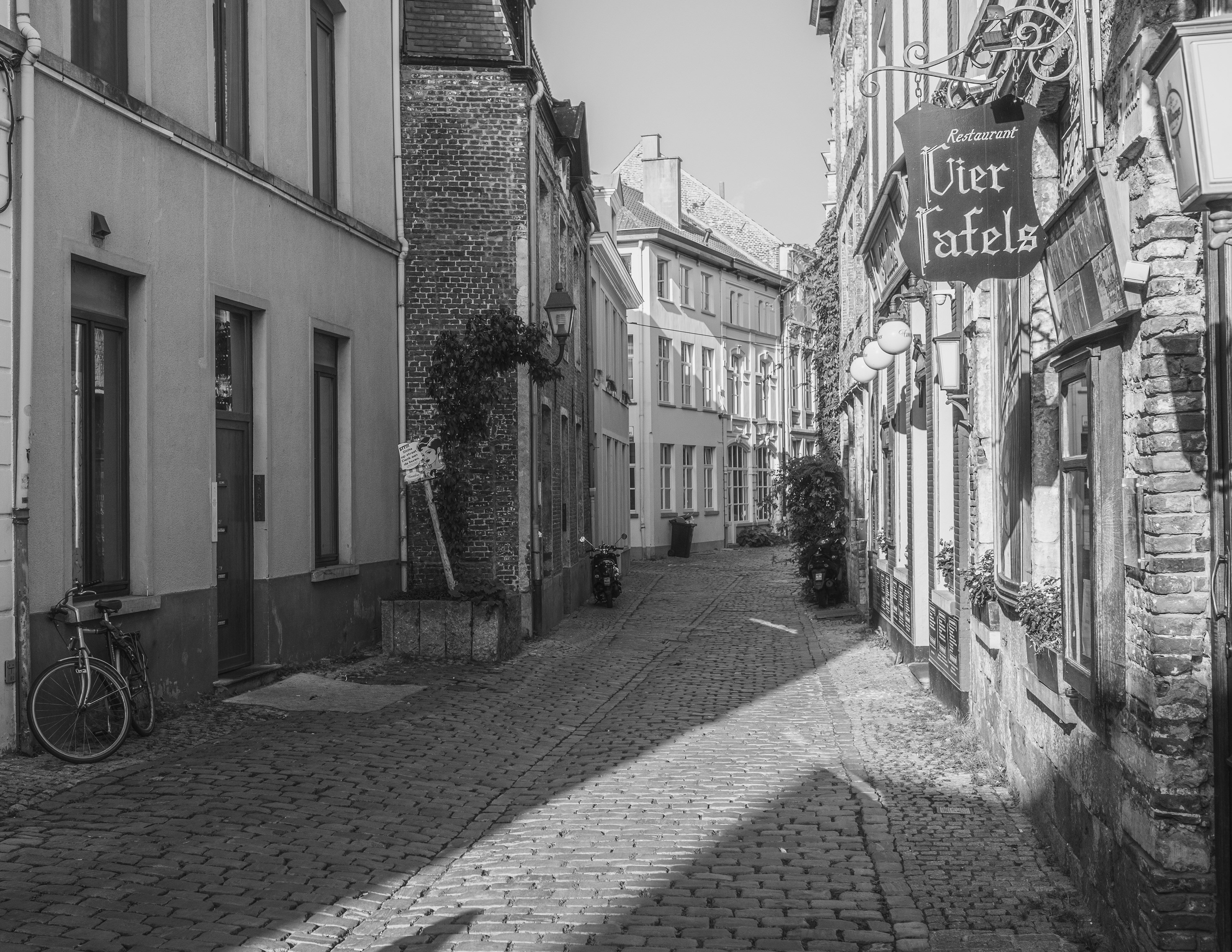
After the falls our journey west continues. We aim for the north western corner of Austria with our goal of visiting the worlds sixth smallest nation, Lichtenstein. Vaduz, the capital, reveals itself to be a charming town located along the Rhine River. It's a small city with a population of about 5,700 people, making it one of the smallest capitals in Europe. Liechtenstein itself is a tiny country, with a population of just over 38,000 people. It's shows off its beautiful Alpine scenery and the pricing of its bars and restaurants gives away its status as one of the world's wealthiest countries.
The Liechtenstein National Treasures Museum, also known as the Schatzkammer Liechtenstein is a real gem. It houses a collection of royal treasures and artefacts from the history of Liechtenstein. Some of the highlights include the ducal crown, a huge collection of Faberge eggs, ancient weapons and moon rock returned with Apollos 11 & 17. These are some of the few pieces of moon rock that you will find on public display outside the United States. The museum is definitely worth a visit if you're in the neighbourhood.
Continuing our travels west we next aimed for Nancy in the Grand-Est region of France. Place Stanislas, also known as the Place Royale, is a beautiful square at the heart of Nancy. It was built in the 18th century and is named after Stanislas Leszczyński, the former King of Poland and Duke of Lorraine. The square is a UNESCO World Heritage Site and is known for its stunning architecture, which includes grand buildings, fountains, and sculptures. It's one of the most beautiful public squares in Europe and is a must-see for any visitor to Nancy. At the time of our visit the place was alive with thousands of people.
We took lunch at the Brasserie Jean Lamour and watched the afternoon unfold across the square. The annual Jardin Ephémère was in full swing. Trees, flowers, beds of plants, and original timber creations adorned the paved square as well as deckchairs or benches to rest on. Its a microcosm of Chelsea Flower Show in a 100 metre radius.
At the same time weddings were taking place at the Hotel de Ville on the square. One was the marriage of a young French (naval) Lieutenant and his woman. Next came the union of a couple of Algerian descent. They exited their ceremony to the sound of drums with Algerian flags being wrapped around them as they and their family and friends danced through the throngs of tourists.
Place Stanislas did indeed leave an indelible impression.
Heading north west we arrived at the town of Verdun. Our purpose was to visit The Citadel.
The Citadel at Verdun stands as a formidable testament to both the military prowess and enduring history of this French town. Constructed in the 17th century under the guidance of military engineer Vauban, the Citadel was designed as a defensive stronghold to protect the city from external threats. Its star-shaped layout is a remarkable example of military engineering. The Citadel's massive stone walls, moats, and intricate network of tunnels exemplifying the architectural brilliance of its designer.
The Citadel's historical significance reaches its zenith during World War I. Verdun became the epicentre of a brutal and protracted battle between French and German forces in 1916. The Citadel became a place of refuge for those on their way to and from the front lines, just a few kilometres up the road.
Today, the Citadel at Verdun serves as a living museum, allowing visitors to explore its storied past. The complex includes a guided tour using VR to offer an insight into the experiences of soldiers who once defended this fortress and the harrowing conditions of World War I. As we sat under our VR headsets on an automated car driving us through the miles of tunnels that make up the Citadel it is impossible not to feel a connection with the history of the place, and the sacrifices made by those who sought its sanctuary during the “War to end all Wars”.
We move on, heading north and after a brief stopover in Luxembourg arrive in Belgium. The state of Belgian roads has long been a subject of frustration and concern for both residents and travellers alike. The yawning potholes, pockmarked and uneven surfaces, make driving a bumpy and uncomfortable experience.
This is all in marked contrast to the roads of Luxembourg that we have just left. Indeed whilst there is no customs border between Luxembourg and Belgium the border is not unmarked. One can see the line where the Luxembourg road builders stopped work and the Belgians took over!
Our van crashes over the uneven surfaces, making us glad that we have plenty of padding to protect the crockery and glass bottles. We have visions of opening a cupboard to find a mess of broken glass washing around in olive oil, which is oozing out of the gaps under the cupboard into the drawer where we keep the best linen. Thankfully our imaginations are more expressive than the reality and we survive Belgium with all glassware intact.
In Belgium we first head for Ghent. This port city in northwest Belgium, at the confluence of the Leie and Scheldt rivers was a prominent city-state during the Middle Ages. Today it’s a university town and cultural hub. Its pedestrianised centre is known for medieval architecture.
The centre of Ghent is a largely car-free zone which makes it a very dangerous place to be a pedestrian! The cyclists are relentless, silent and unforgiving. They own the road and the pavements - weaving through the city at speed and with an air of impunity. Mothers with two children in seats attached to the luggage rack, cargo bikes, Uber Eats riders all mix it in a continuous contest for superiority where the pedestrian is a literal pawn, as easily disposed of as the Kleenex tissue you used to blow your nose this morning.
To escape the mayhem we take to the river for a guided exploration of the city. Our pilot and guide steers his boat with expert dexterity dodging the other tourist boats as if they communicate using some Ghentian extra-sensory perception.
From the river it is easier to get a sense of the age of Ghent. The crumbling buildings that still line the river and the remans of the canal to Bruges serve as testament to the ingenuity and perseverance of the 15th century builders. Our guide points out the slaughterhouse, with its windows giving it the appearance of a skull; he shows us where the leaders of a rebellion were hanged by the Spanish prince in 1539 and explains the rich, intertwined history of the town, its breweries and its places of worship.
After a day in Ghent we must move on and have decided to visit the Flanders Field Museum at Ypres, or Ieper as it appears on Belgian maps.
This is a museum dedicated to the study of the First World War. The historic Cloth Hall building it occupies was largely destroyed by artillery during the war, but was afterwards reconstructed. The museum presents a sobering and at times eerie introduction to World War I. It helps one understand the context, the events that led to the war and what caused so many nations to become embroiled in it, as well as its consequences and human cost.
The exhibition tells the story of World War I in Flanders from the perspective of both soldiers and civilians. It features a wide range of objects, including uniforms, weapons, personal belongings, and photographs. One of the most moving exhibits managed by the museum is the Last Post Ceremony. This takes place every evening at 8pm at the Menin Gate which is a memorial commemorating the more than 54,000 British and Commonwealth soldiers who died in the Ypres Salient and have no known grave.
It is impossible not to be moved by a visit to this museum. Its historical reality is dreadful to contemplate but it also forces on to confront the parallels with our current politics and world events. WW1 was supposed to be “The War to end all Wars”, but as is all to topical this has proven not to be the case.
On that cheery note it was time to complete our journey. A quick overnight stop one hour from Calais meant that we had time to make a final visit to a local boulangerie before heading back to the ferry. This was indeed a most excellent trip. We covered 3,400 miles, visited 10 countries, and collected just one parking ticket. We spent 35 nights living in our 6.4m van without risk of matrimonial breakdown! Our journey took us from 11,350 feet above AMSL to 700 feet below the earths surface. We enjoyed temperatures ranging from 32C to 8C. We made some great memories and are already looking forward to our next expedition.

